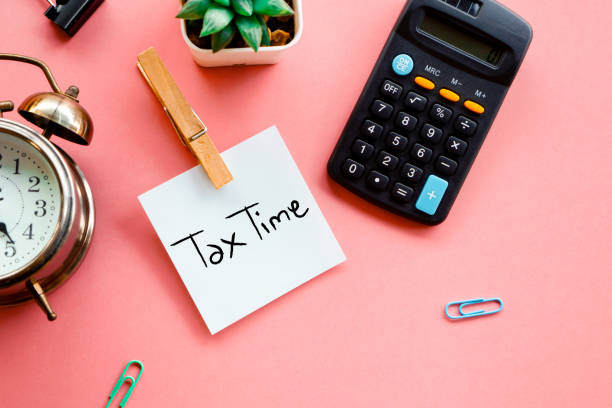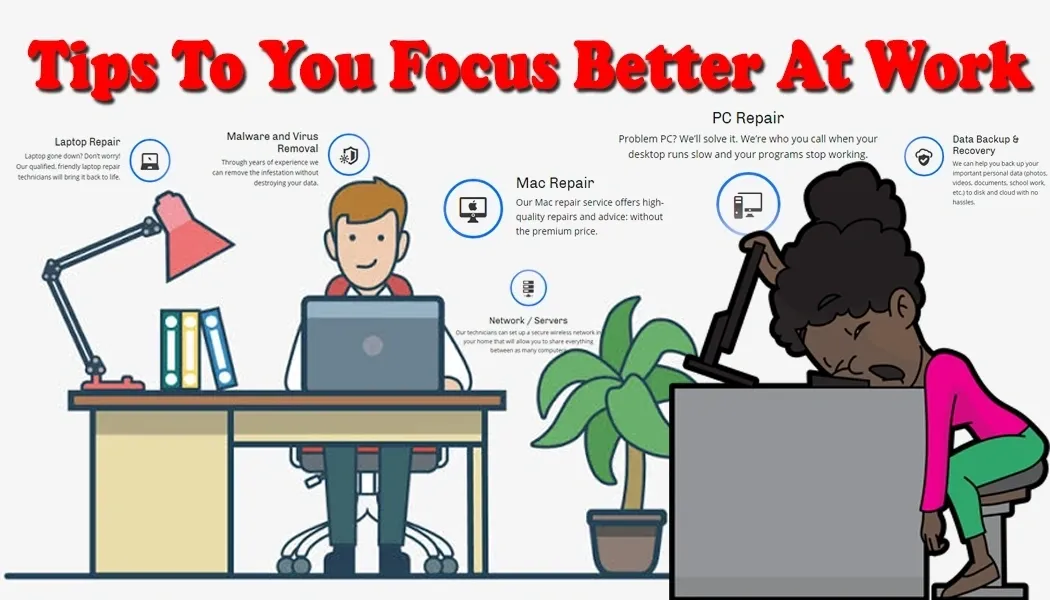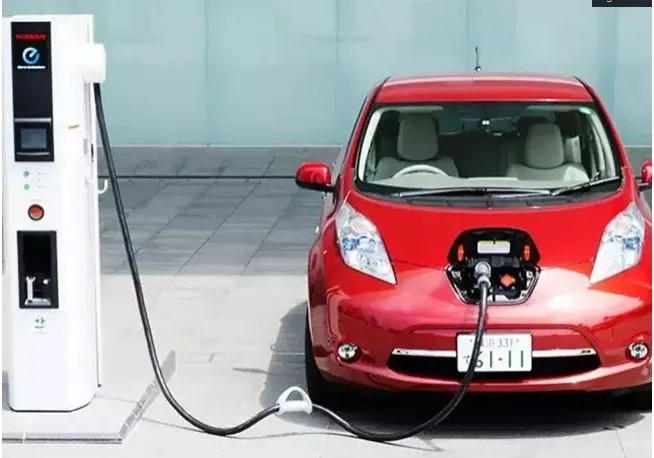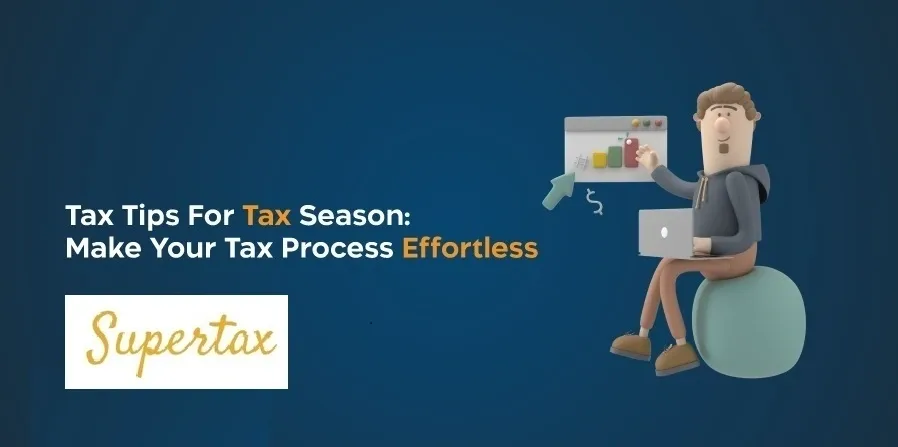Changes to Work From Home Tax Deduction Methods

What you need to know ??
The Australian Taxation Office has overhauled the way taxpayers can claim their work from home deductions. These changes take effect immediately which means you may need to do things differently when preparing your paperwork for this current financial year – ending 30 June 2023.
Are you eligible to claim Work from Home Deductions in your Tax Return?
To claim working from home, you must
A. be working from home to fulfill your employment duties, not just carrying out minimal tasks, such as occasionally checking emails or taking calls and it incur additional expenses as a result of working from home
Up to and including the 2021-22 financial year, the 3 different methods of claiming working from home expenses were:
- Shortcut method (temporary measure introduced 1 March 2020)
- Fixed rate method
- Actual cost method
From 1 July 2022 onwards, there are now only two methods of claiming working from home expenses. The shortcut method has been removed completely and you must now claim your expenses under one of the following:
- Fixed rate method
- Actual cost method
The actual cost method remains unchanged, however, if you claim or intend to claim your expenses under the fixed rate method, there are a number of changes you need to be aware of. Not following these changes may see you unable to claim any working from home deductions in your 2023 tax return
Revised Fixed Rate Method
From 1 July 2022 onwards, to use the fixed rate method, you must:
- Work from home while carrying out your employment duties or carrying on your business;
- Incur additional running expenses as a result of working from home;
- Keep records that show the work-related portion of expenses incurred; and
- Keep records of the number of hours spent working at home for the whole income year.
The fixed rate has increased to 67 cents per hour for each hour you work from home and will include the following expenses:
- Internet expenses;
- Energy expenses (electricity and gas) for heating/cooling, lighting and powering electronic devices;
- Mobile and/or home telephone expenses; and
- Stationery and computer consumables.
An important change to be aware of under this method is that you cannot claim an additional separate deduction for any of these exenses. For example, if you use your mobile phone when you are working from home and when you are working from somewhere other than your home, your total deduction for mobile phone expenses for the income year will be covered by the fixed rate.
You can add to the fixed rate deduction the decline in value of depreciating assets of any assets (eg. equipment and furniture) that you use working from home along with any other running expenses not listed above.
A welcomed change under this method is that you no longer need to have a dedicated office space in order to apply the fixed rate method. However, there will be strict record keeping rules you will need to maintain in order to make your claim.
“From 1 July 2022 to February 2023, we’ll accept a record which represents the total number of hours work from home (for example a four-week diary)”, ATO assistance commissioner Tim Loh has said. “From 1 March 2023 onwards, taxpayers will need to record the total number of hours they work from home.” Acceptable records will include a timesheet, roster, diary or similar document.
In addition to keeping a record of the hours you work from home, you will also need to keep records of additional running expenses you incur from working at home. Examples will include one quarterly electricity bill to support electricity costs and one quarterly telephone bill to support phone costs.
Actual Cost Method
The actual cost method remains unchanged. This method allows you to claim the exact amount of costs you incur to work from home.
To use the actual cost method to claim actual expenses, you must:
- Incur additional running expenses as a result of working from home; and
- Keep records, for example, receipts or other written evidence, which show the amount:
- you spend on expenses;
- you spend on depreciating assets you buy and use while working from home; and
- of work-related use for your expenses and depreciating assets.
You will not incur additional running expenses if other members of your household (who are not working from home) are in the same room as you while you are working from home.
Using the actual costs method, you work out your deduction by calculating the actual expenses you incur to produce your income when working from home. This may include the following expenses:
- Decline in value of depreciating assets – such as home office furniture (desk, chair) and furnishings, phones and computers, laptops or similar devices;
- Cleaning expenses, if you use a dedicated area for working;
- Heating, cooling and lighting – electricity and gas;
- Phone, data and internet; and
- Computer consumables and stationery – such as printer ink.
So what should you take care now?
With the removal of the short cut method and revised approach you must now follow to apply the fixed rate method, now is an opportune time to reassess how you go about your work from home claim.
Do you have a dedicated work space and incur expenditure working from home? If so, the actual method may be a better method for you to apply.
If you don’t have a dedicated work space and your costs to work from home are fairly limited then a move from the short cut method to the fixed rate method maybe the way to go.
In either case, working out now what records you need to keep will support your ability to make a work from home claim this tax time.
How we can Supertax team help you?
Supertax team is here to support you with all areas of claiming home office expenses
If you have any questions regarding claiming home office expenses, please contact our Personal Income Tax Return Specialist Hardeep Singh on 0424 413 808 or email us on Info@mysupertax.com.au , www.mysupertax.com.au





